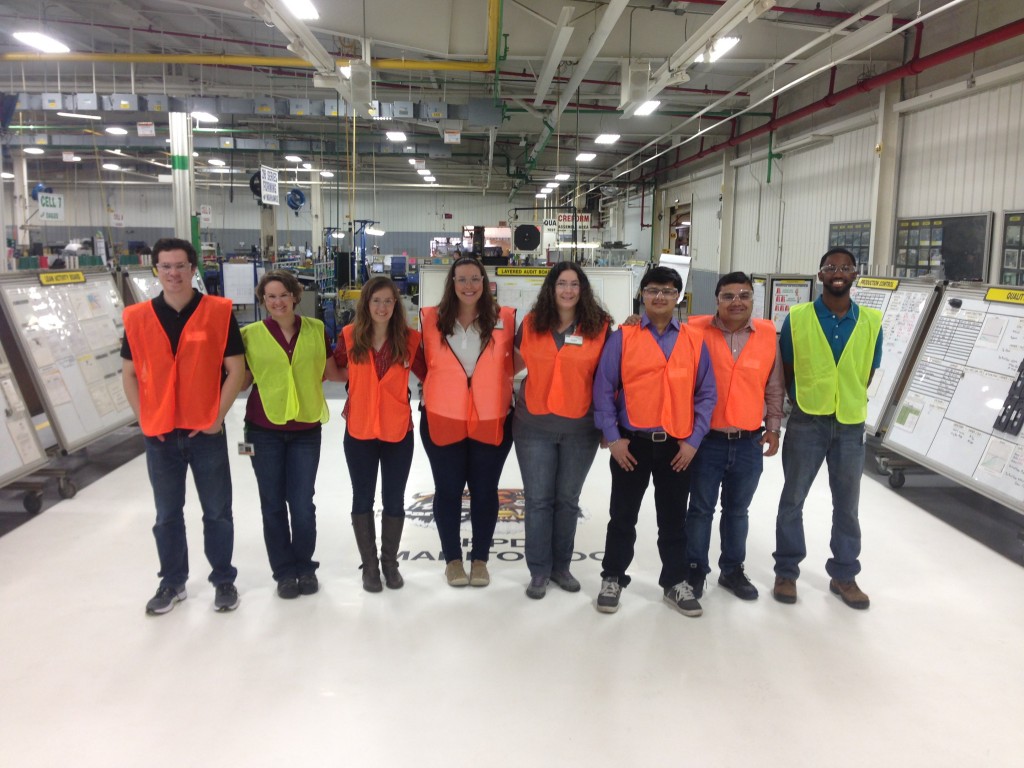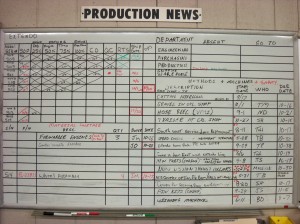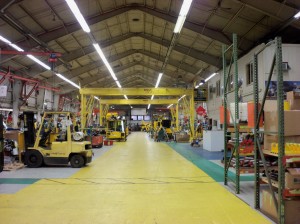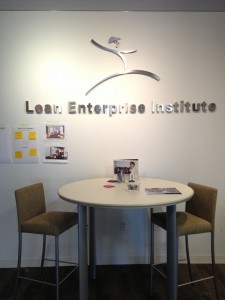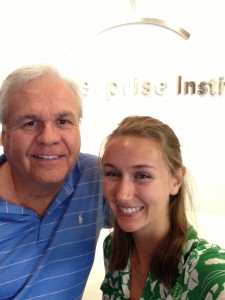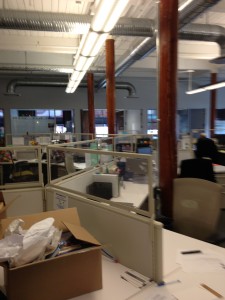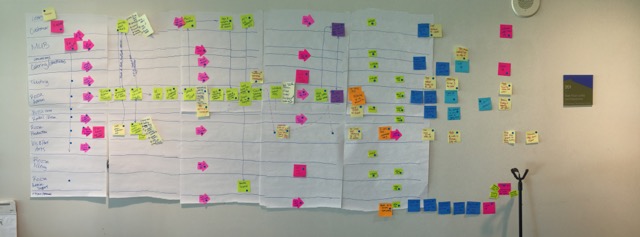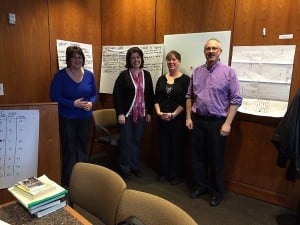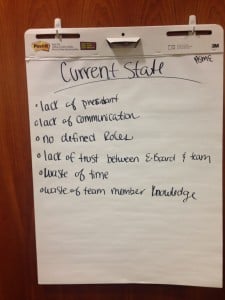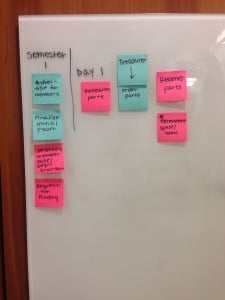Over the past 3 1/2 years I have had the pleasure of being a Student Process Improvement Coordinator (PIC) in the Office of Continuous Improvement here at Michigan Tech. This position has been the most rewarding experience of my college career and I can’t thank my co-workers, supervisors and peers enough.
I came into this position not knowing anything about lean or continuous improvement and I never dreamt I would become so passionate about it. My journey began with a basic understanding of the tools and concepts; lots of reading, YouTube videos, and observations. I was fortunate enough to attend the FMCS Grant Facilitator Training shortly after I began which allowed me to practice hands-on with other members of the campus community. I eventually felt comfortable and confident enough to co-facilitate improvement events and realized I had found my calling. I was able to understand how utilizing these tools/principles can transform work environments in ways I never imagined, and how engaging the people who do the work is extremely empowering and truly makes a difference in workplace culture.
Improving is now something that is a part of my life; whether I am helping a team improve a process, improving myself, or helping to create/improve a culture of continuous improvement, I have grown to love every aspect of this work. I will be starting my career as a Business Systems Analyst for Amway’s Global Procurement Technology and Analytics team where I will utilize my knowledge and experience in continuous improvement to create a culture of CI within the Procurement space at Amway. I know that this opportunity has presented itself to me primarily because of this position and the skills I have gained in being a PIC; something I will be eternally grateful for. I have thoroughly enjoyed every aspect of this job and can’t wait to see where Michigan Tech’s lean journey leads.
